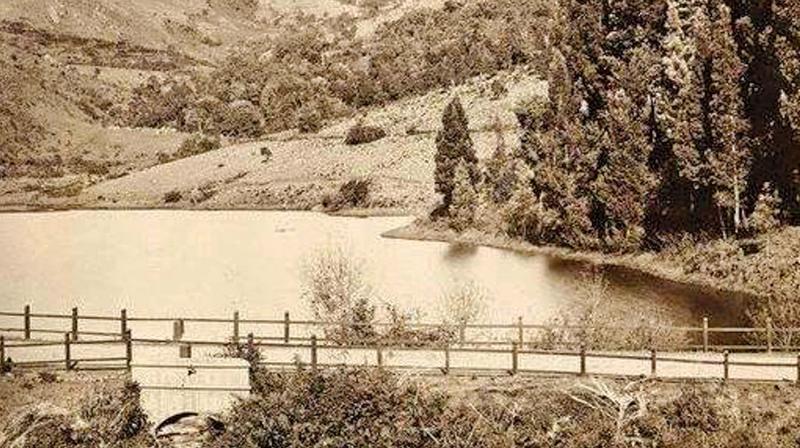Ooty: Nilgiris needs new water management plan

Ooty: With over a dozen hydel reservoirs across the hills of Nilgiris, water management and distribution continues to be an issue in the hill district.
Be it Ooty town, Coonoor or any other area in the Nilgiris, water management has become complicated of late. Added to this is the issue of supply of water to hundreds of lodges and hotels here. At this juncture, when the tourists flow to the hills here is proving to be an ever increasing phenomenon, there is a need to plan a new water management policy.
Stating that the recent strike by water lorry owners demanding lifting of the ban on bore-wells in the Nilgiris, has proved to be another sign of the suicidal future of the hill district which has completed two centuries of modern development, Mr. Dharmalingam Venugopal, director of the Nilgiris Documentation Centre, an NGO here, said that water lorries appeared in the district in the 1980s for the first time as a temporary relief for the growing towns of Ooty and Coonoor.
That the district’s dependency on lorries has grown in four decades shows the utter lack of water planning in the district. While people have got accustomed to getting domestic supply once in five or ten days or even longer, the hotel industry sustains on a day to day basis on unauthorised water lorries, he lamented.
He further divulged that the report of the Central Ground Water Board on Nilgiris recommended in 2008 that while groundwater exploitation was within ‘safe’ limits, “proper water management methods must be adopted for further development of available ground water resources in the district. Artificial recharge of ground water through cost-effective rainwater harvesting systems may be popularised in the district by providing incentives to individuals/communities.”
Ground water exploitation has grown exponentially across the Nilgiris in the past 10 years to meet the demands of domestic consumption, agriculture and tourism, he pointed out. “The Nilgiris is at a crossroads now. Even if a plan were to be prepared now it will take decades to complete implementation,” he explained.
People, business and the administration of the district should use the occasion of the bicentenary of the Nilgiris to push for a ‘Water and Drainage Plan 2050’ with the cooperation of state and central governments as well as multilateral agencies like the World Bank and the Asian Development Bank, he suggested.

